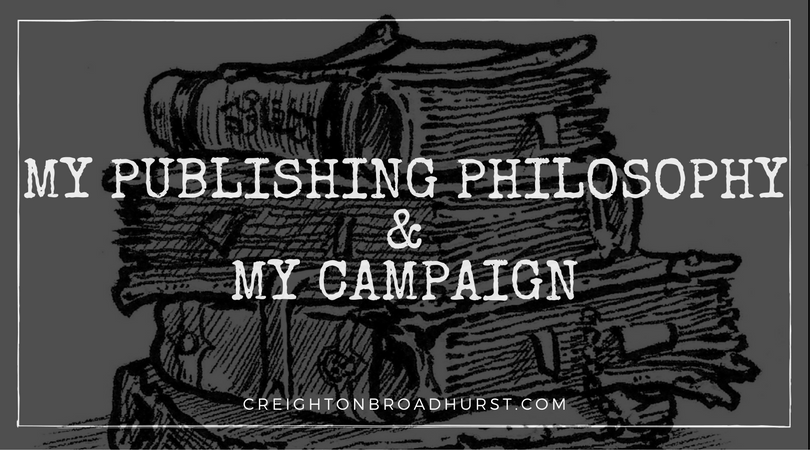Over the weekend, I was chatting via email with a freelancer working on his first assignment for Raging Swan Press. During the conversation, I gave what I thought was a brief overview of my publishing and design philosophy.
It turns out, my brief design and publishing philosophy is the same as my detailed, in-depth philosophy. That’s good because I like simple things (mainly because they make my life easier as there is less to go wrong).
After pondering the conversation, I thought it might be a good idea to write about my philosophy. It not only powers Raging Swan Press’s release schedule but also holds sway over how I decide whether to add new material to my campaign (or not).
As I’ve said above, my publishing philosophy is simple: I filter potential products through two fundamental principles. Behold:
- Would I use the supplement/location/adventure in my campaign? If I wouldn’t use something in my game, how could I hope (or except) you to pay to use it in yours?
- Would including the supplement/location/adventure in a campaign make the campaign better? If the product won’t make the game better why waste time and effort publishing it?
Raging Swan Press only publishes a book when the answer to both these questions is “yes.” For me, these two filters are at the absolute core of our offering. I believe that if a GM browses one of our products and decides it won’t make his or her campaign better then they shouldn’t buy it.
Of course, you and I may differ on what “better” means in regards to your game, but it doesn’t mean you can’t apply these general principles to your campaign. So often as GMs we are pressured into including the newest, coolest and shiniest options in our game. If we don’t, we are megalomaniacal control freaks who are just out to crush players’ fun. How dare we say, “no” to their requests?
This view is rubbish.
- Related Article: How and Why to Say No
My campaign is my baby. I am the gatekeeper. I care more about it than anyone else. I put more work in than anyone else. I want to make it as good as possible. I want to make it as fun as possible for everyone. That means I need to carefully think both about what to include and what to exclude because my goal is for EVERYONE to have as much fun as possible.
Now you might be reading this from a player’s perspective and think something along the lines of, “Wow—Creighton is an old fart; I’d never play at his table. I bet his game sucks.” (And if you do think that, I fear my game will indeed suck for you).
A “better campaign” means different things to different people. I want you to enjoy your game as much as I enjoy mine. Design your campaign to suit YOU. If you don’t, someone else will design it to suit THEM.
The Final Word
If you don’t think something (whatever that thing is) will make your game better, don’t include it.
What do you think? Let me know, in the comments below.

I’m an old-school gamer, rather than a Pathfinder player. I never understood the “never tell your players no” camp. We get told “no” all the time in the real world, and it doesn’t devastate us.
While I did have a nice reply about player options, I’ll go with a different option: monsters. I like monsters, but I’ve come to the conclusion that fewer are better. For example I don’t have goblins, gnolls, bugbears, or even ogres in my game. I have orcs, and there are smaller orcs and big orcs. Monsters have more of an impact when they aren’t common. I won’t go so far as to say every monster must be unique, but having the party encounter The Wraith King takes on a special meaning when there’s only one or two wraiths in the world.
Heck, in a pinch I will even use a trick called “Don’t tell them it’s a bear.” Describe a strange monster, but use the stats of a bear. Black, brown, polar, doesn’t matter. You get multiple attacks, and if you land two hits with the claws/tentacles/fanged paws there’s an additional Hug attack that could be the equivalent of an energy drain, blood loss, free bite attack . . . whatever. Works like a charm, and I only need to remember one stat block! Shh, don’t tell my players.
Yes you are right.
Simples. 😀
Something players don’t always understand is that the GM must have fun. If the GM is not enjoying the game they will soon burn out and the game will end. So, the GM’s fun is paramount.